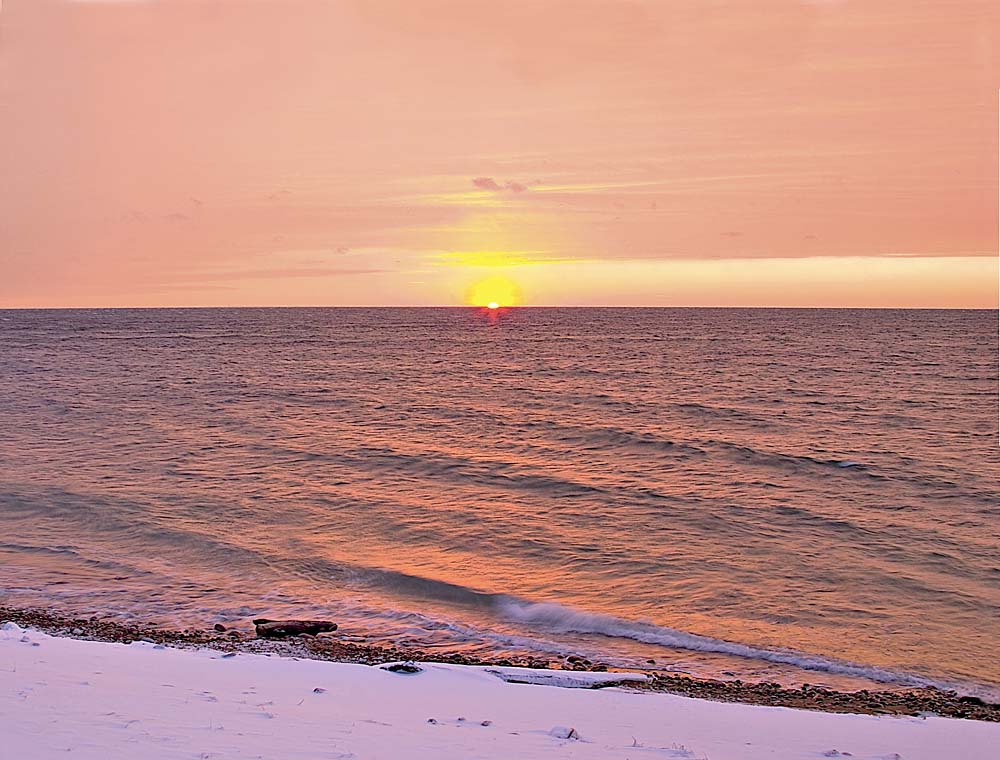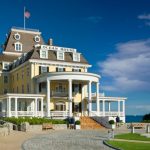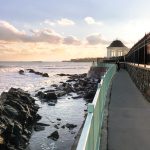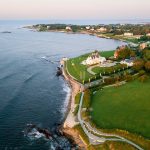Malcolm Greenaway’s photographs of Block Island capture rare scenes that only a few people will ever witness in person. He shoots with the eye of a photographer and the soul of a philosopher, in places and under conditions that even islanders miss. I know Block Island well, though not quite as intimately as Malcolm, who has lived and worked here for three decades. My family’s full-time years on the island overlapped with 15 of his. During that time, there was never a wedding for which my mother didn’t buy one of his prints as a gift. As it turns out, both Malcolm and I visited the island for the first time in the summer of 1970. He and his wife, Nancy, were honeymooning, and I was starting my first job, waitressing in one of the seaside Victorian hotels. Like a wily fisherman, Block Island reeled us in: dramatic bluffs, pristine beaches, hundreds of freshwater ponds, sweet peas and wild roses hugging acres of stone walls, and ocean as far as the eye could see.
In the face of such beauty, it may seem simple to create stunning photographs — but Malcolm’s experience informs us otherwise. “It isn’t easy,” he explains. “There’s nothing easy about it. I have to be in a place with the right light, weather, and cloud formations.” He keeps a list and returns to the exact spot time and time again, trying to catch a landscape that he calls “a changing tapestry that can go from ordinary to dramatic in an instant.”
In 1974 the Greenaways moved to the island “for a year” so that he could finish his dissertation for a Ph.D. in philosophy from Cornell. Nancy started teaching at the local school, whose students, kindergarten through 12th grade, numbered around 100. The couple never returned to the mainland to live. Malcolm has spent more than 30 years walking nearly every inch of the 11 square miles of this pork-chop-shaped landmass off the coast of Rhode Island.
Today, he says, his photographs portray the island as it touches him: “In 90 percent of the pictures I take, I’m the only one there capturing a sight that no one else sees — like a sunset in winter, billowing sea smoke, or dunes dusted with snow — extraordinary conditions in the absence of people.”
To see more of Malcolm Greenaway’s work, pick up a copy of his new book, “Block Island: Rhode Island’s Jewel” (text by Martha Ball; Commonwealth Editions, $50), or visit the Malcolm Greenaway Gallery on Water Street in the village of Block Island (800-840-5331, 401-466-5331;
malcolmgreenaway.com).
For more dining and shopping tips, read our
Block Island Bonus.








